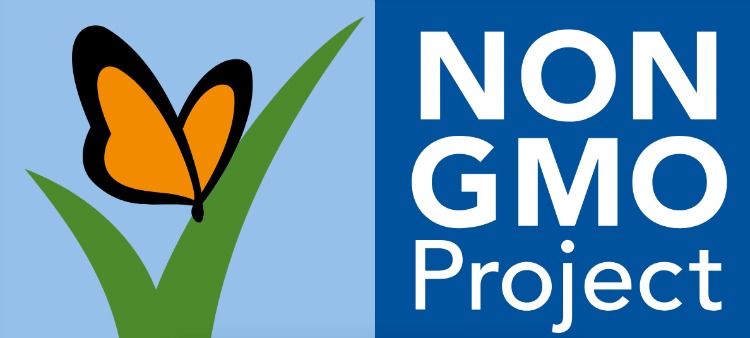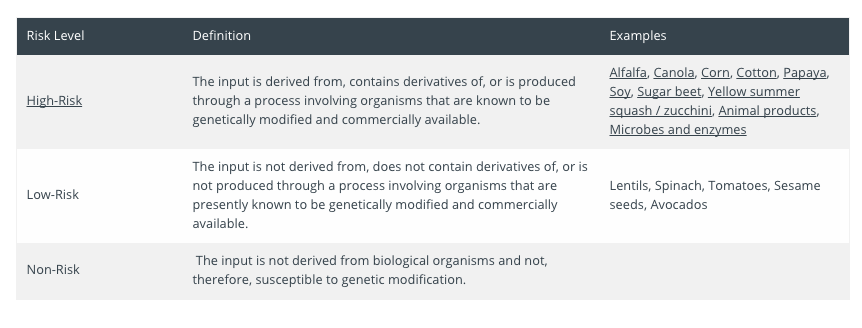
Over the last year (since my husband discovered he had diabetes), I have widely researched food, it’s make-up, carbohydrate content, our food supply, and more to help him in his health journey. One of my discoveries on this journey was non-GMO foods and the non-GMO Project Verified labeling on foods. Upon shopping in the organic areas of our grocery store, I noticed several products had this label, and I honestly had no idea what it meant. Thus, started my journey of learning as much as I could about how to find healthy foods for my family. Read more about why we switched to organic living.
The non-GMO Project Verified website states that, “A GMO, or genetically modified organism, is a plant, animal, microorganism or other organism whose genetic makeup has been modified using recombinant DNA methods (also called gene splicing), gene modification or transgenic technology. This relatively new science creates unstable combinations of plant, animal, bacterial and viral genes that do not occur in nature or through traditional crossbreeding methods.”
While most developed countries have developed bans on these foods, the US has allowed these foods into our food supply based on studies conducted by the companies that have produced these new modified foods. The main concern for my family is the amount of pesticides used on these products, and so we choose to buy as many products labeled non-GMO whenever possible.
Genetic modification affects many of the products we consume on a daily basis. As the number of GMOs available for commercial use grows every year, the Non-GMO Project works diligently to provide the most accurate, up-to-date standards for non-GMO verification.”

The website goes on to state that, “Though there are only several GM crops that are widely available, they are commodity crops that often get further processed into a variety of ingredients. These high-risk ingredients are typically present in packaged products as:
Amino acids, alcohol, aspartame, ascorbic acid, sodium ascorbate, citric acid, sodium citrate, ethanol, flavorings (“natural” and “artificial”), high-fructose corn syrup, hydrolyzed vegetable protein, lactic acid, maltodextrins, molasses, monosodium glutamate (MSG), sucrose, textured vegetable protein (TVP), xanthan gum, vitamins, vinegar, yeast products
The Non-GMO Project Standard considers animal-derived products such as meat, dairy, eggs and honey to be high risk due to the prevalence of GMOs in animal feed. Cloned animals and their progeny are considered to be GMOs under the standard, as are the products of synthetic biology.”
The increased use of pesticides on our modern day food is alarming, and causes much concern for increased risk of various diseases like cancer, allergic reactions (antibiotics used in pesticides have been known to cause allergic reactions in humans), etc. After watching the video below, I realized how much pesticides really do affect us via our food supply.
Also, because I’ve been able to save money on these products by shopping sales in the organic section of my grocery store and print/find coupons for these types of products, I don’t feel that going this extra step has hurt our budget.

Leave a Reply